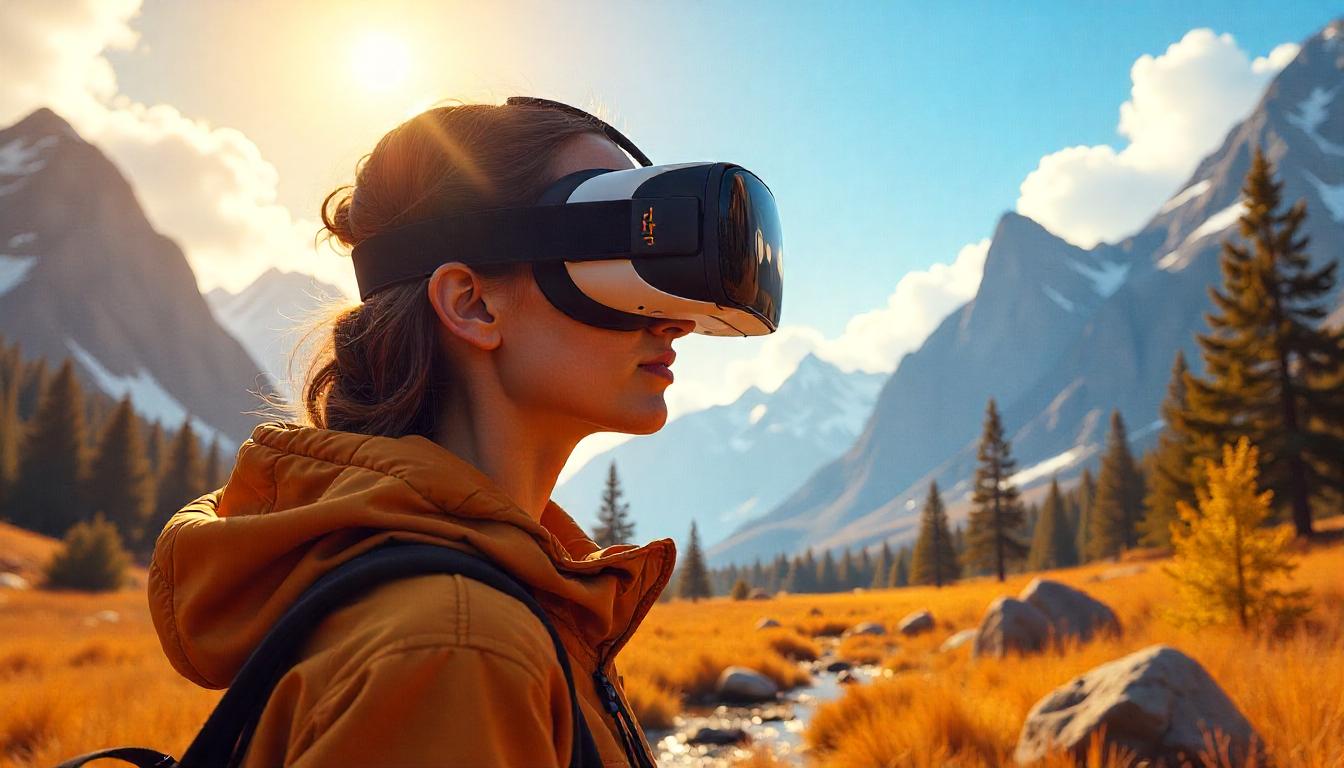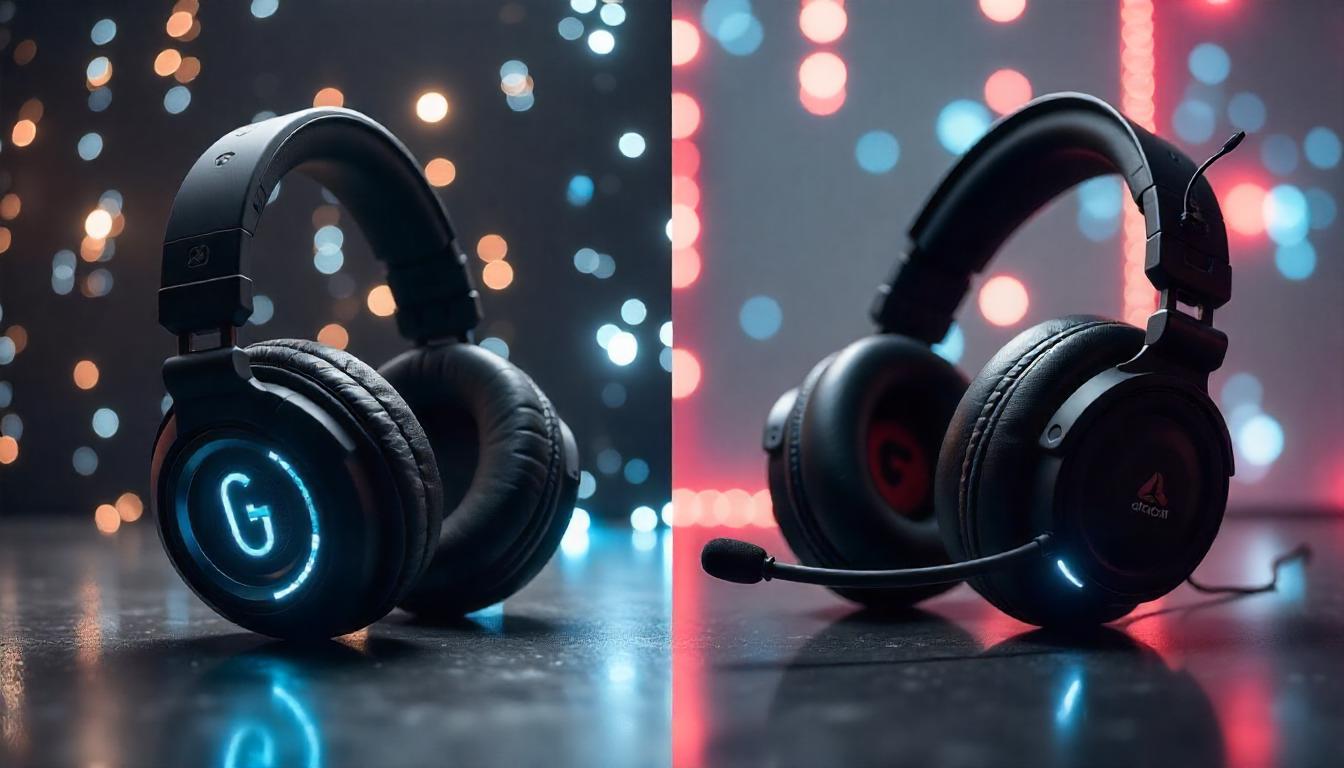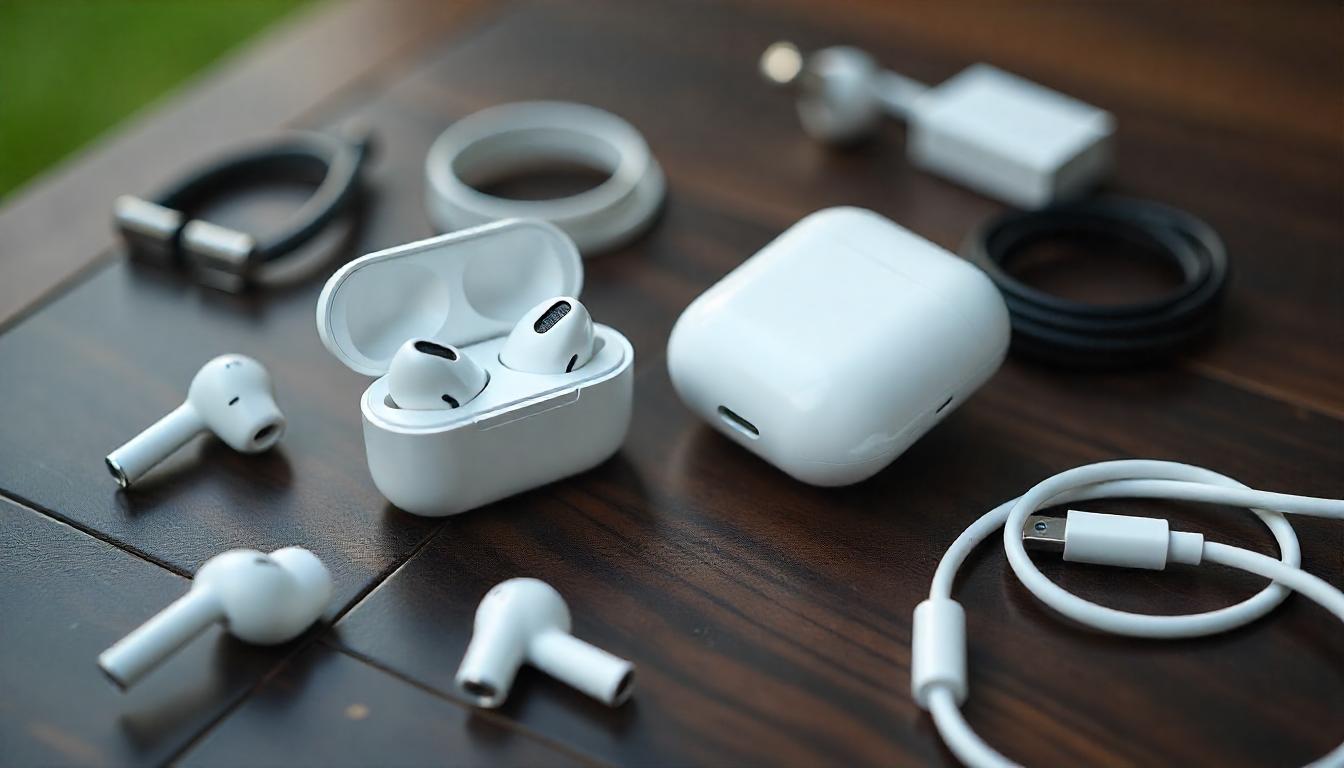With the highly anticipated release of the Meta Quest 4, virtual reality enthusiasts are buzzing with excitement to see how the newest addition to the Quest series measures up against its predecessors. Meta’s Quest line has long been a leader in the VR space, offering accessible, immersive experiences with a level of performance and ease of use that appeals to both casual users and tech-savvy enthusiasts. The Meta Quest 4 promises to be a major leap forward, boasting key upgrades across design, display quality, comfort, and processing power.
In this article, we’ll break down these new features and examine how the Meta Quest 4 compares to its earlier versions, the Meta Quest 2 and Meta Quest 3. From the physical design to the performance specs, we’ll look at how Meta has refined its VR headset to meet the demands of an ever-growing market.
1. Design Evolution: Comfort and Aesthetics
The Meta Quest series has always prioritized comfort, a crucial factor for long VR sessions. The Meta Quest 4 continues this trend, but with several improvements over its predecessors. The first notable difference is its weight. While the Meta Quest 2 weighed in at 503g and the Quest 3 was slightly lighter at 515g, the Quest 4 has managed to shave off a few grams despite its increased capabilities. The new model is designed with an ergonomic shape that better distributes weight across the head, reducing the strain that can accumulate during extended use. This improvement in balance is a significant step forward in comfort, especially when compared to the Quest 2, which was often criticized for its somewhat front-heavy design.
The straps have also seen a redesign. The Quest 4 comes with a more adjustable and softer headband, which is easier to fit on a wide range of head sizes. Meta has also introduced a more premium material on the face padding, which not only feels more comfortable but also enhances the overall durability of the headset.
While the Quest 2 had a somewhat utilitarian design, the Quest 4’s aesthetics are sleeker and more modern. The refined, minimalist appearance helps the device feel more like a next-gen product rather than a simple upgrade. The larger field of view and enhanced optics are neatly packed into a compact and streamlined form factor, which helps distinguish it from previous models.
2. Display Quality: A Visual Leap
The Meta Quest 4’s display is where the most significant improvement can be seen when compared to its predecessors. The Quest 2 was a breakthrough in terms of affordability and visual clarity for standalone VR, but the Quest 3 raised the bar with an upgraded pancake lens design that reduced the device’s overall size while improving image clarity. However, the Meta Quest 4 takes display technology a step further by incorporating a new and more advanced optical system.
With a resolution of 2064 x 2208 pixels per eye, the Quest 4 offers a noticeable upgrade over the Quest 3, which was already a considerable improvement over the Quest 2’s 1832 x 1920 per eye. This bump in resolution ensures that visuals are crisper, with less “screen door effect,” which is a common issue with lower-resolution displays. The wider color gamut and improved contrast levels make the Quest 4’s display one of the best in its class, providing a richer and more immersive experience in both games and cinematic VR content.
The Quest 4 also supports a higher refresh rate of 120Hz, which is a jump over the Quest 3’s 90Hz. This higher refresh rate significantly improves the fluidity and smoothness of VR experiences, making the Quest 4 not only more comfortable to use but also more enjoyable for those who prioritize fast-paced, action-packed VR games or simulations.
3. Processing Power: Performance Boost
The heart of any VR headset lies in its processing power, and Meta has made sure the Quest 4 is powered by the latest hardware to keep up with demanding VR experiences. The Quest 4 is equipped with the latest Qualcomm Snapdragon XR2 Gen 2 chip, an upgrade over the Snapdragon XR2 in the Quest 2 and Quest 3. This new chipset brings substantial performance gains in terms of speed, efficiency, and processing capability, which translates into more detailed graphics, faster load times, and overall improved responsiveness.
For gamers and VR content creators, this performance boost is critical. The Quest 4’s increased processing power ensures that even the most resource-intensive VR titles, like those with expansive virtual environments and complex physics, run smoothly. Additionally, this upgrade is especially noticeable in the quest for higher-quality VR streaming, where more demanding titles can be played with fewer compromises in terms of frame rate or graphical fidelity.
The Quest 3 was already an excellent performer, but the Quest 4 offers even more power to tackle complex virtual worlds without any stutter or lag. This is particularly important in the context of VR’s growing role in gaming, training simulations, and productivity applications.
4. Tracking and Input Systems: Enhanced Interaction
Tracking has always been a key feature for Meta’s VR headsets, and the Quest 4 continues to push the envelope in this regard. The Quest 4’s inside-out tracking system, which relies on external cameras for positional data, has been improved to offer even more precise and accurate movement detection. Whether you’re playing a fast-paced game or using your hands in a VR application, the tracking system in the Quest 4 is quicker to respond and offers better accuracy than previous models.
The hand-tracking and controller input system on the Quest 4 also receive significant upgrades. The controllers have been redesigned with a more ergonomic shape, making them feel more natural in your hands. The Quest 4 now boasts improved haptic feedback and adaptive triggers, which adds another layer of immersion to the VR experience. Whether you’re gripping a virtual object or firing a weapon, the physical sensation of interacting with the virtual world feels more tangible and satisfying than ever before.
5. Battery Life and Charging: Managing Expectations
When it comes to battery life, Meta has made incremental improvements with the Quest 4. The device features a battery life of around 2.5 to 3 hours of gameplay, which is similar to the Quest 3. While this is an acceptable length for most gaming sessions, it’s worth noting that intense VR experiences, such as those involving high-end graphics or streaming, can cause the battery to drain more quickly. Meta has added a USB-C charging port for faster recharge times, but users still may find themselves reaching for a charger during particularly long VR sessions.
6. Price: The Cost of Innovation
As with any tech upgrade, the price is an important factor for consumers. The Meta Quest 4 is priced higher than the Quest 2 and Quest 3, reflecting the increased performance and new features. The Quest 4’s higher price tag may deter some potential buyers, but it is important to note that the device offers a substantial leap in terms of display quality, processing power, and overall comfort. For those seeking the best VR experience possible without breaking the bank, the Quest 4’s price is a reasonable investment for the quality it delivers.
Conclusion: The Next Generation of VR
The Meta Quest 4 is a substantial improvement over its predecessors, offering enhanced display technology, a more comfortable design, a powerful new processor, and more responsive tracking. For VR enthusiasts and those looking to step into the world of virtual reality, the Quest 4 is undoubtedly a game-changer. While the Quest 3 and Quest 2 remain strong contenders, the Meta Quest 4 firmly establishes itself as the next generation of VR, setting new standards for performance and immersion. Whether you’re a casual gamer or a dedicated VR user, the Quest 4 provides an experience that’s hard to beat.






Leave a Reply